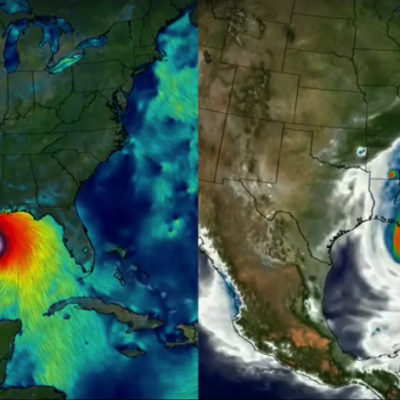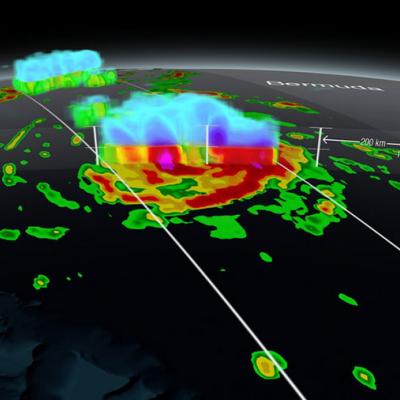L1C NPP ATMS Data Product Version Update
L1C NPP ATMS intercalibration table has been updated to account for the NPP ATMS SDR calibration update occurred on March 8, 2017. As a result, PPS will change the L1C NPP ATMS product version to V05B. The downstream L2 - L3 product versions will also be advanced one letter from V05C to V05D. DataType ProductVersion Start of version End of version 1CNPPATMS V05A 2011-12-09 23:39:12 2018-08-19 22:54:33 2AGPROFNPPATMS V05C 2014-01-31 23:41:54 2018-08-19 22:54:33 3GPROFNPPATMS V05C 2014-02-01 00:00:00 2018-07-31 23:59:59 3GPROFNPPATMS_DAY V05C 2014-02-01 00:00:00 2018-08-18 23:59:59 Please let us






